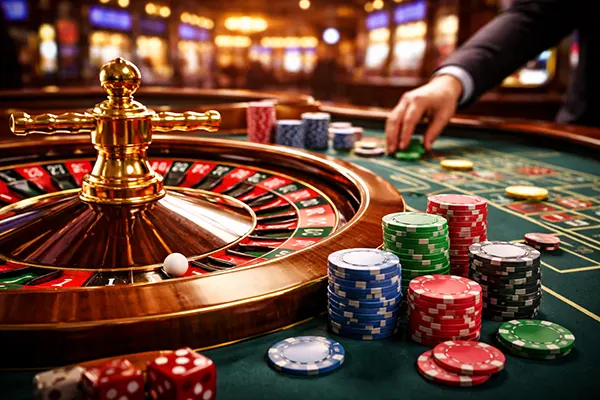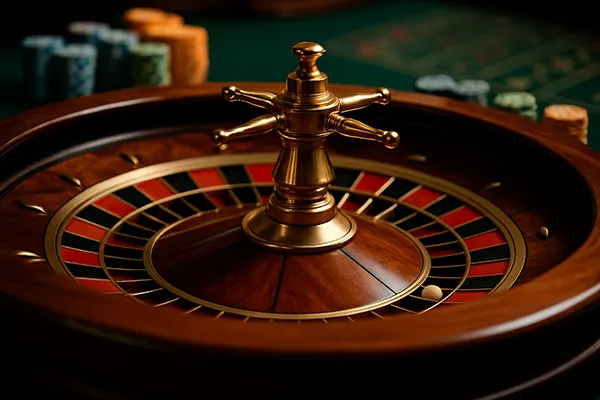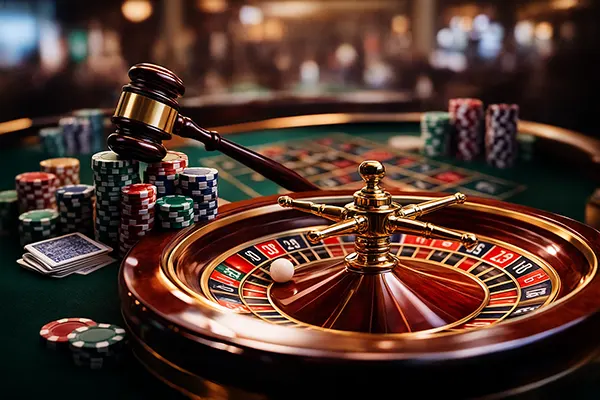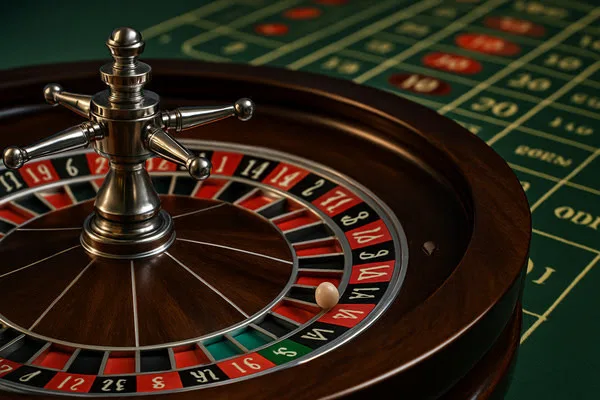
How House Edge Works in Roulette: Full Breakdown for Online Casino Players
Roulette remains one of the most iconic and widely played games in online casinos. Its appeal lies in simplicity, fast rounds, and the thrill of watching the ball spin. But behind the elegance of the wheel lies a precise mathematical concept that ensures the casino always keeps an edge — known as the “house edge”.
Understanding how this house edge works is crucial for every online roulette player. It doesn’t matter if you’re playing for fun or profit — the odds always work in favour of the house, not the player. The real challenge is knowing how that edge works across roulette variants and how to make smart betting decisions within its limits.
What Is the House Edge in Roulette
In roulette, the house edge is the built-in statistical advantage that the casino has over the player. It represents the average percentage of each bet that the casino expects to keep in the long run. This percentage may seem small, but over time it has a significant impact on players’ bankrolls.
For example, if the house edge is 2.70%, it means that for every £100 wagered, the casino expects to earn £2.70 on average. The remaining £97.30 may return to players in winnings, but that margin ensures the house stays profitable over thousands of spins. It’s not cheating — it’s probability and design.
Roulette Variants and House Edge
Not all roulette wheels are equal. There are three primary types of roulette played in online casinos: European, American, and French. Each offers different layouts and rules — and different house edges.
European roulette features a single zero and numbers 1 through 36. This setup gives the casino a house edge of approximately 2.70%. It’s widely regarded as the most player-friendly standard version, and many serious players prefer it for this reason. Tokyo Casino highlights European roulette as a fair and balanced game format, making it a popular choice among its users.
American roulette includes both a single zero (0) and a double zero (00). This seemingly small difference increases the house edge significantly to about 5.26%. That extra zero may not appear threatening, but it makes a notable difference in long-term losses.
French roulette also uses a single-zero wheel but includes rules like “La Partage” or “En Prison”, which apply when the ball lands on zero and you’ve made an even-money bet. These rules effectively cut the house edge down to 1.35% for those specific bets, making it the most advantageous version for players — when those rules are active.
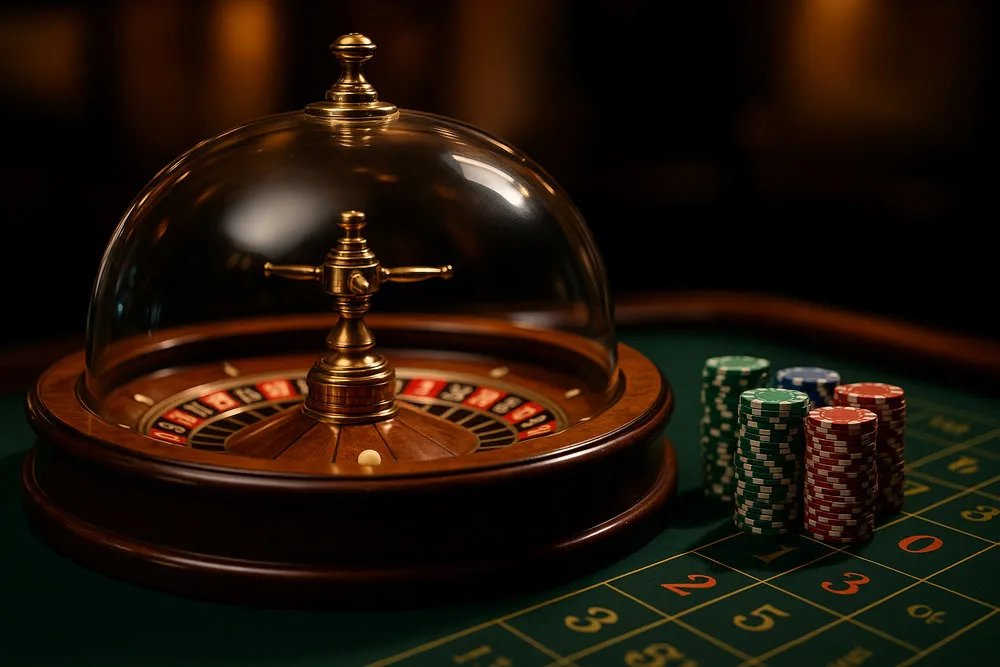
How the House Edge Is Calculated
The house edge in roulette is calculated by comparing the true odds of a bet winning versus the payout the casino offers. Take a straight-up bet on a single number, for example. There are 37 numbers in European roulette, so your real odds are 1 in 37. But the payout is only 35:1. That gap is where the house edge lives.
Using a simplified formula, the house edge is: (Expected Loss / Bet Amount) × 100. For European roulette, the expected loss per £1 is around £0.027, which equals a 2.70% house edge. Casinos don’t need to cheat or manipulate the game — the math is built into the design.
Does Strategy Affect the House Edge
Many players adopt betting strategies like the Martingale, Fibonacci, or D’Alembert in hopes of beating the odds. While these systems can help manage bankrolls and create structure, they do not change the mathematical house edge of the game. A 2.70% edge remains 2.70%, no matter how you structure your bets.
Strategies can enhance your experience and may reduce short-term losses or keep sessions entertaining, but they don’t tilt the odds in your favour. Smart players use strategies to control risk and make the most of their time at the wheel — not to chase unrealistic expectations of beating the system.

